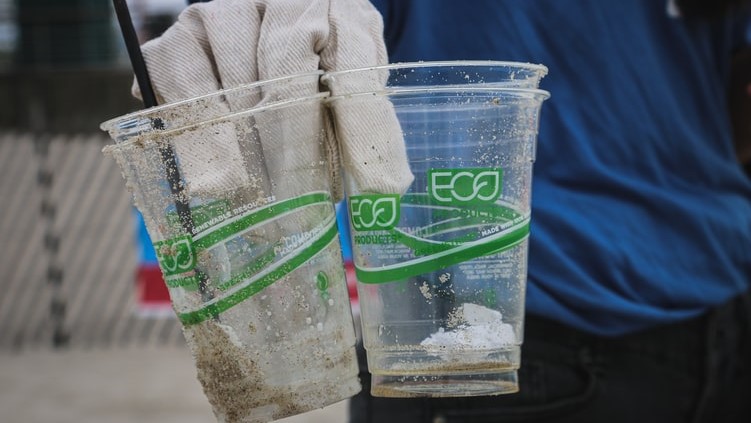The term “greenwashing” has made its way into popular vernacular. Most people know it as the process by which a product is branded as “green,” but in reality, is simply not the case. The question, then, remains: how do you spot greenwashing, and what can be done to avoid it?
If a company unveils an “eco-friendly” line of products when not every item is held to the same production standards, that may be a cause for concern. Similarly, does the company suggest consumers purchase and use their products responsibly, or try to sell as much as possible? The answers to these questions may reveal the true motivations behind the marketing of a product.
Moreover, it is best to trace a product’s source in order to determine if it has been greenwashed. By that, I mean how something was transformed from raw materials to end product. For example, palm oil has been marketed as a “natural” ingredient in certain foods and skin care products. While technically true (all living creatures exist in nature, after all), that does not mean that palm oil is good in and of itself. Palm oil being “natural” does not speak to the processes that went into making it in the first place.
It is easy to get excited when we see a new company or product that looks “green.” We all want to help the environment, and buying green products may help us feel better about our efforts. However, there remains a difference between supporting products that participate in greenwashing, versus buying products that have been produced in the most sustainable way possible.
In short, be honest with yourself about the extent to which a product is “green.” Look for overzealous environmental marketing, examine what went into making a product, and determine if making the purchase is right for you. Greenwashing will not change overnight, but things can be done in your small sphere of influence to help mitigate that.
Written by Dax Emerson, Class of 2021
Photo Credits: Brian Yurasits on Unsplash

